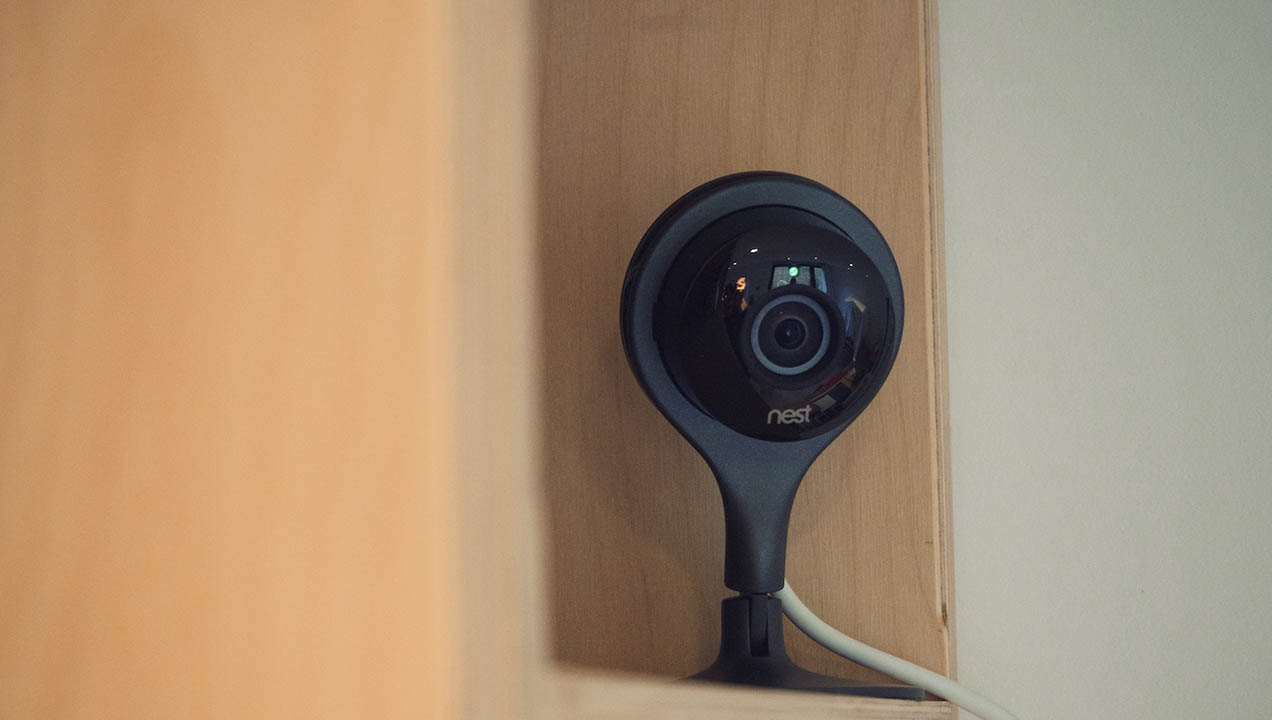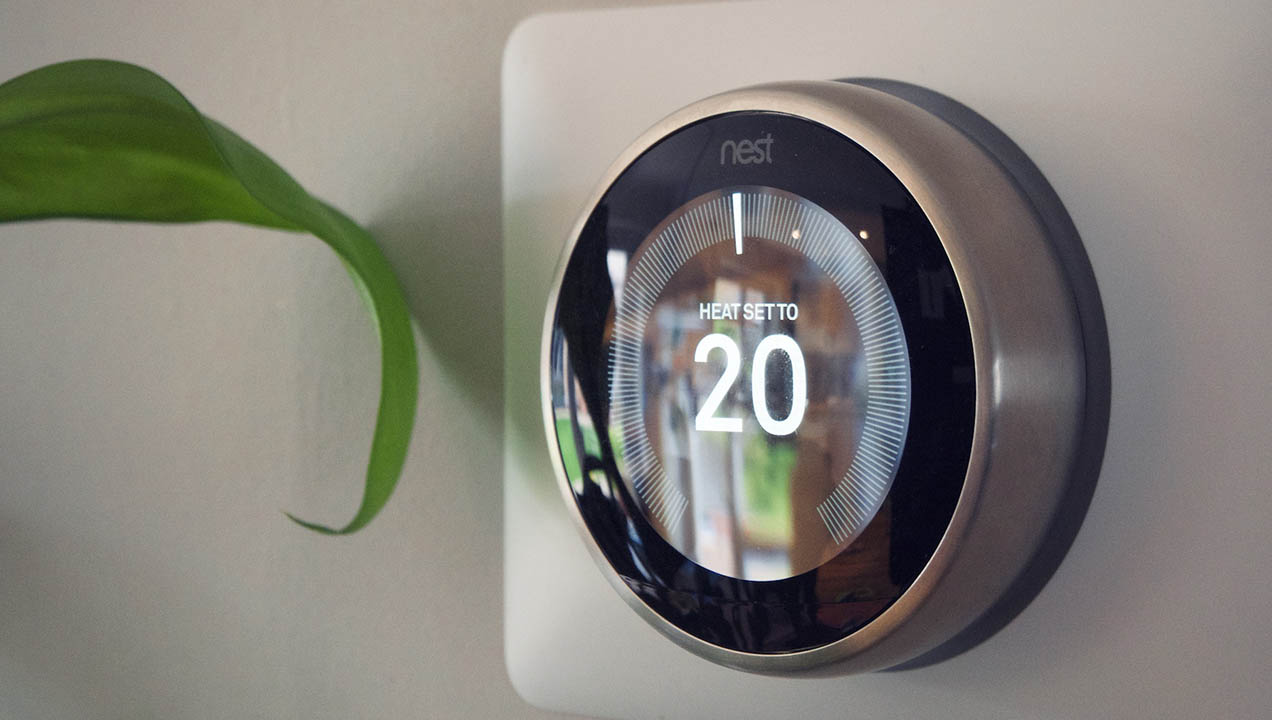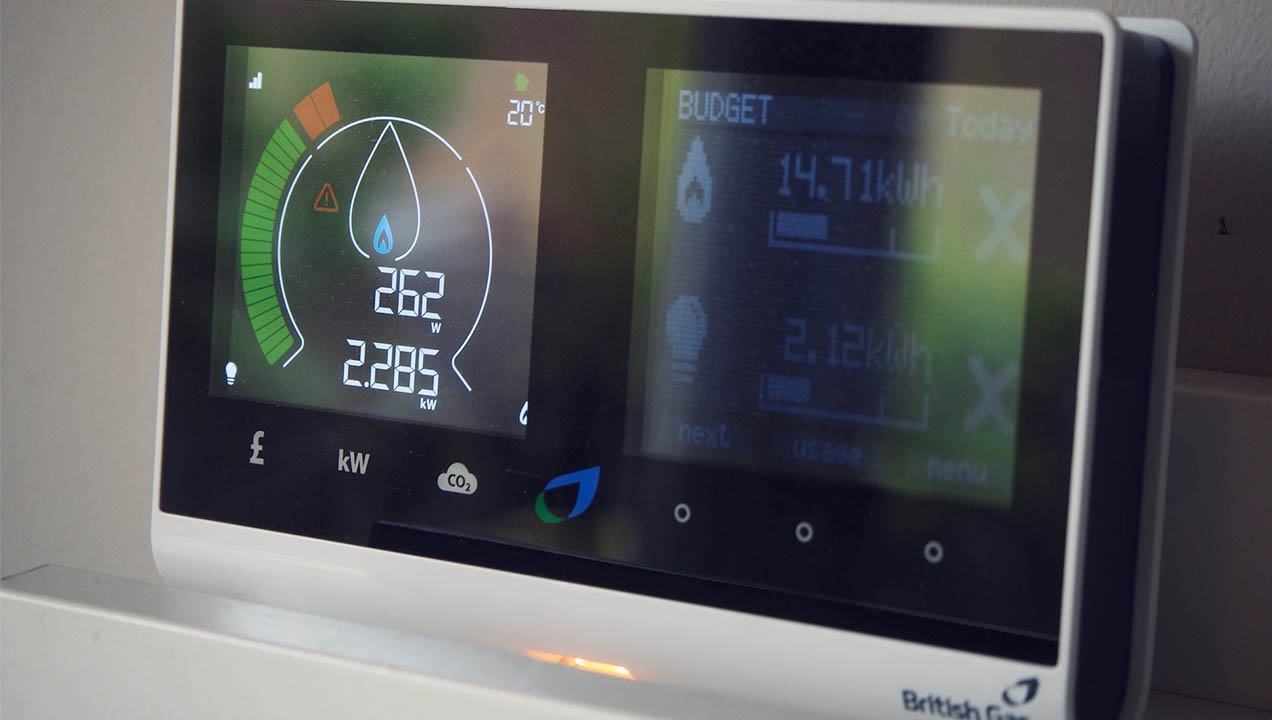IoT has one weakness – the Internet
There’s been a lot of growing buzz in the tech world about the internet of things, or IoT. It’s the concept that more and more ‘things’ are internet-enabled, allowing you to control them from your phone or laptop from anywhere in your house, or anywhere in the world.

You can buy a Nest thermostat that allows you to control your home’s climate. You can install a Philips Hue lightbulb and control the lighting in your living room from your phone. There are even home security devices and baby monitors so you can check on your little loved ones anytime and anywhere.

In our home, we’ve started to rely more and more on internet devices and services. We almost exclusively listen to music at home through Apple Music and Spotify via a Sonos streaming system. We don’t watch live TV anymore and instead rely purely on Netflix and Amazon Video for our televisual entertainment.
It’s a nice feeling to avoid the clutter of DVD and CD cases, living a more minimal on-demand lifestyle.
Well, it’s a nice feeling up until your internet connection fails. We had this happen with a problem that affected all Virgin Media customers in our area. Suddenly, we were plunged into the technological dark ages; we couldn’t watch TV anymore or listen to music. We even relied on the internet for the radio.
And so, once the internet of things begins to become the norm, with people controlling everything in their home via their phones, tablets and laptops, a broken internet connection is going to become ever more frustrating and inconvenient. This puts more pressure on internet providers to firstly produce reliable internet infrastructure, but also to promote contingencies.

Maybe we will require backup internet connections in case the worst happens? Of course, all our IoT devices will then need to automatically switch to the backup connection too. And as internet support channels become more and more prevalent, the backup internet connection will need to be used to troubleshoot the broken connection.
Many of us actually have a backup internet connection in the form of our phones, so this may solve the problem, but our phone data connections will need to play host to tens or even hundreds of devices in the future – it’s something that will quickly eat up data plans and wouldn’t always be the best solution.
So while the internet of things feels like a future utopia currently being realized, it can also give way to a big headache for a lot people if we’re not careful. Designing IoT devices to work well even when they are without an internet connection is a solid step in the right connection.
However, with a good, reliable internet connection, the internet of things can pave the way to a more convenient, secure, efficient and enjoyable world.
